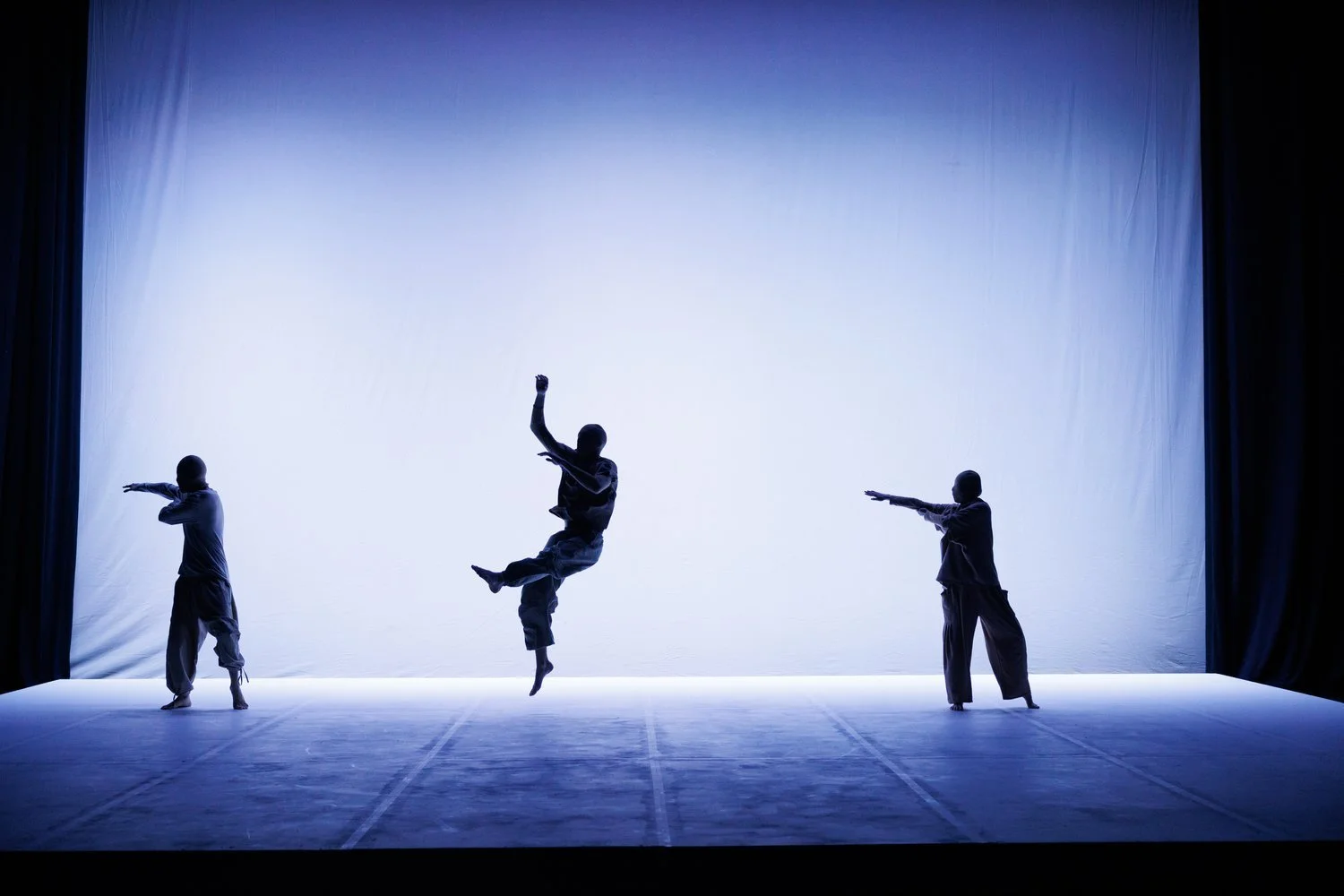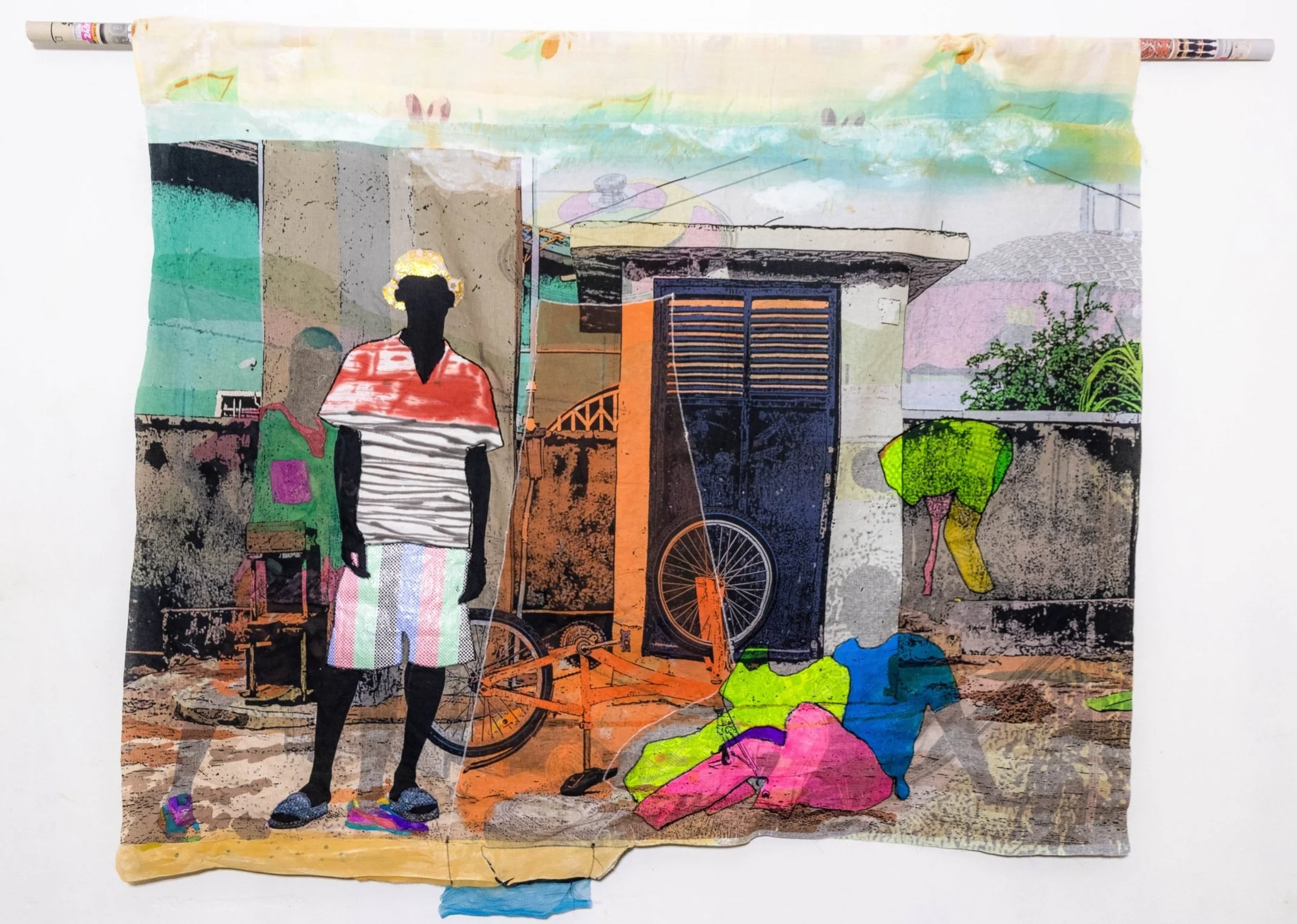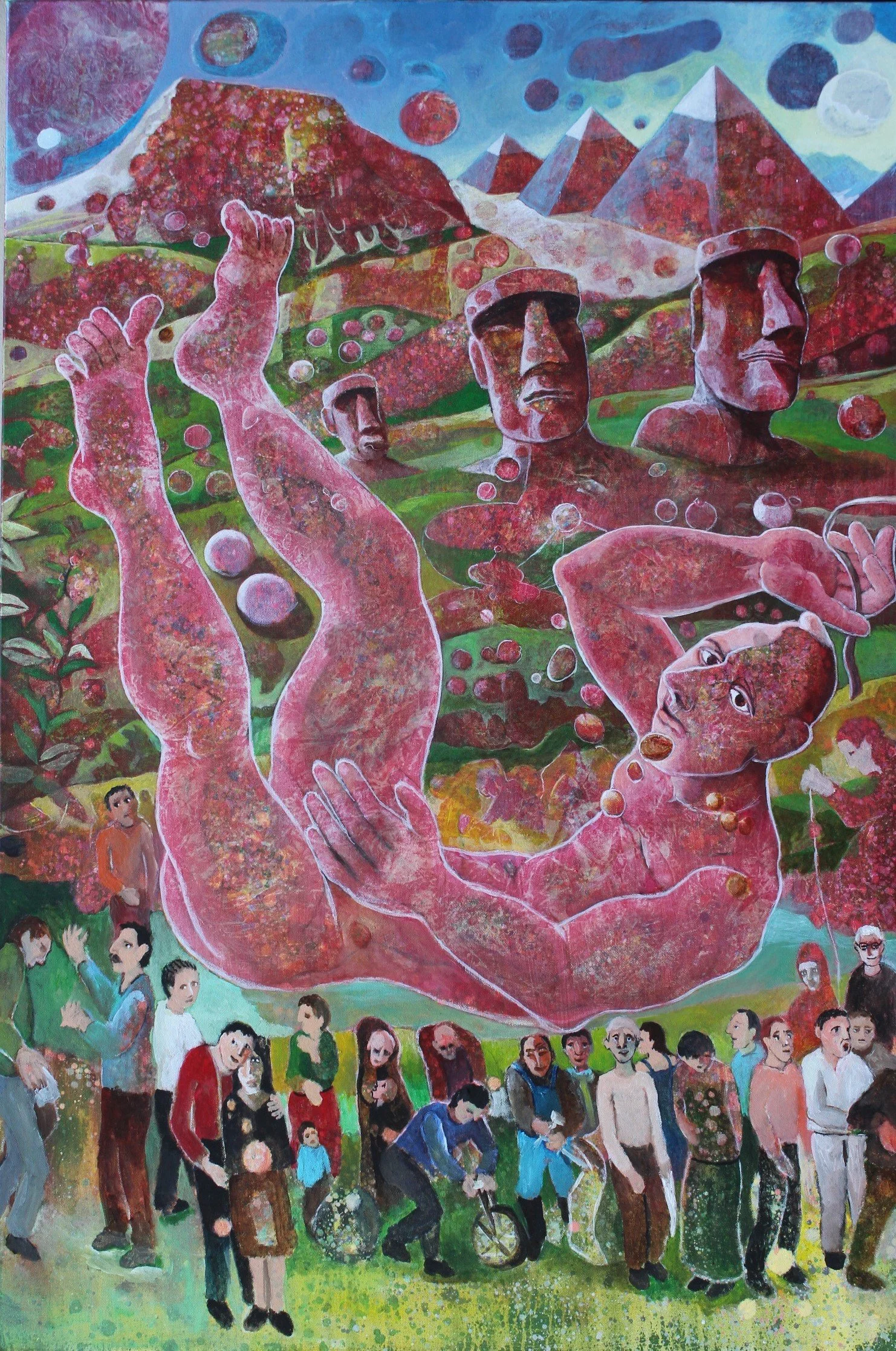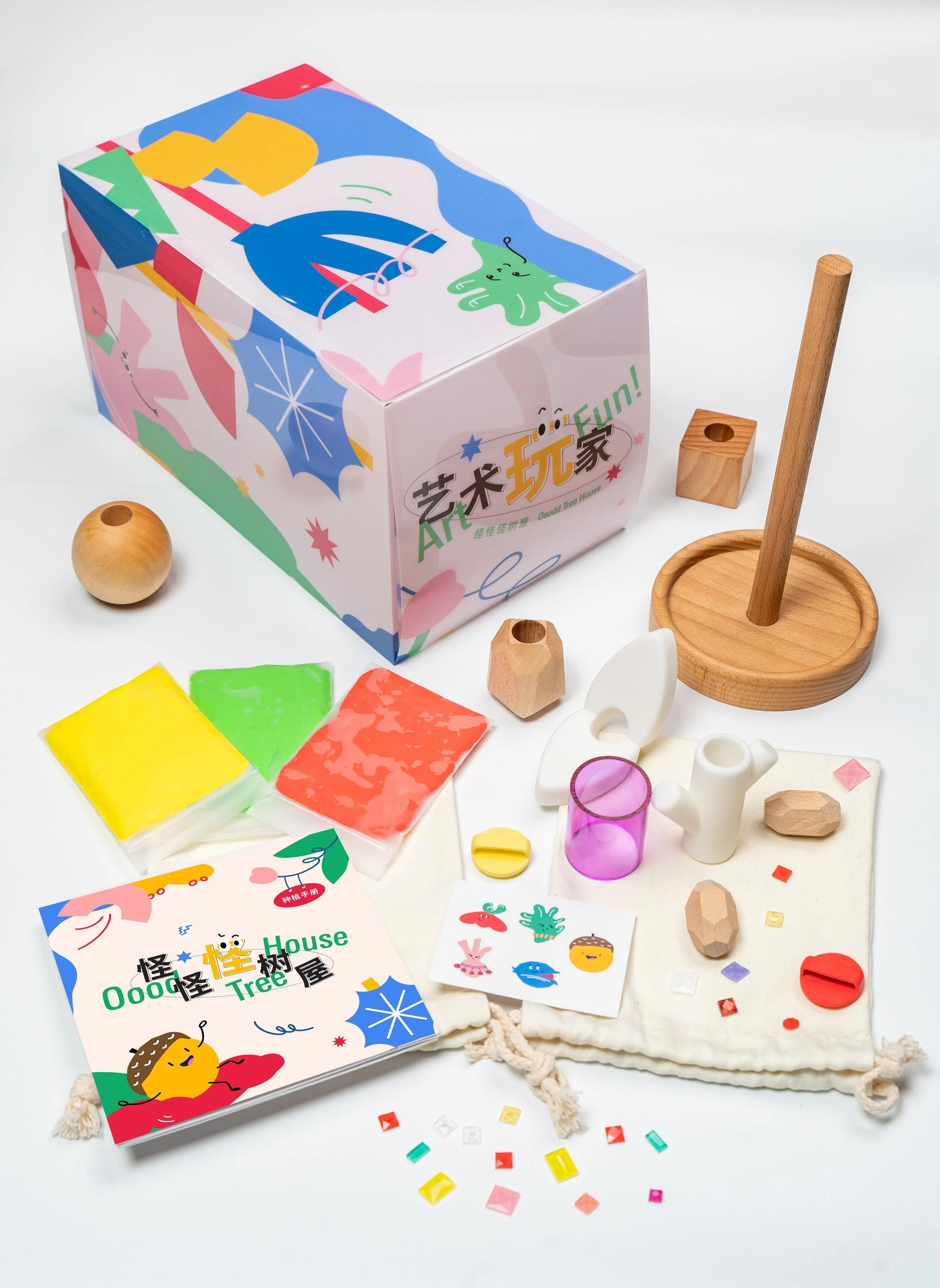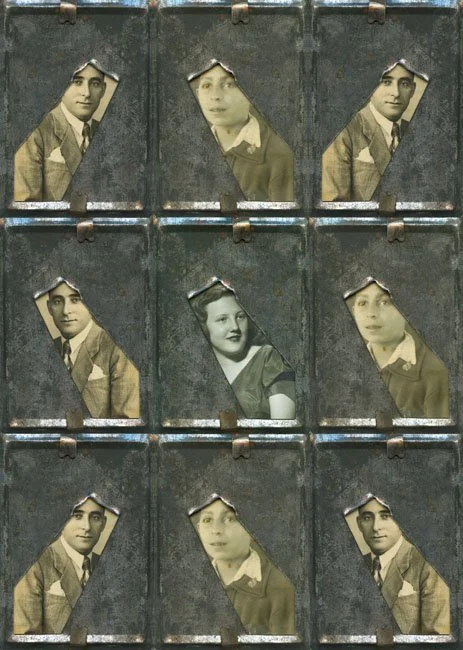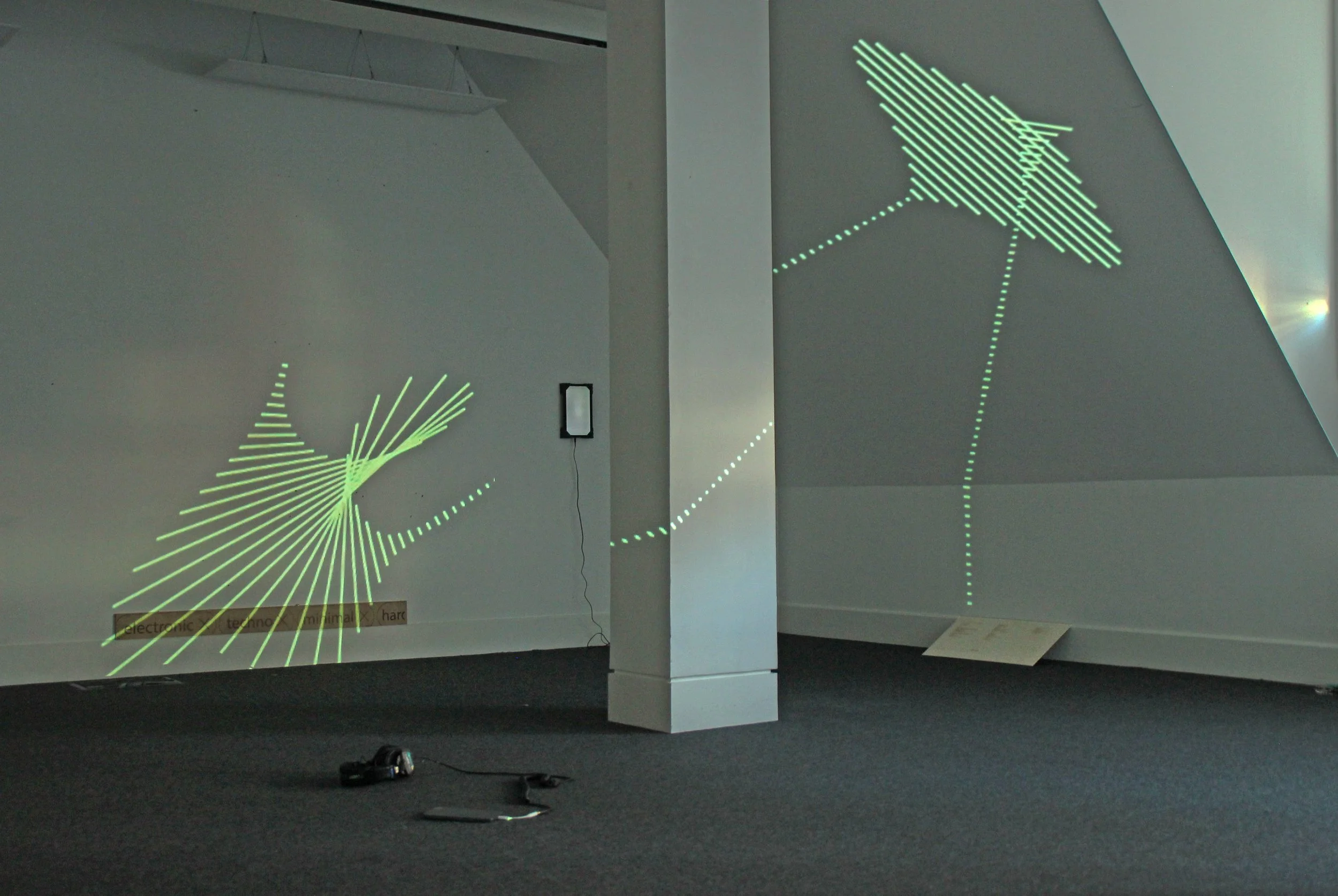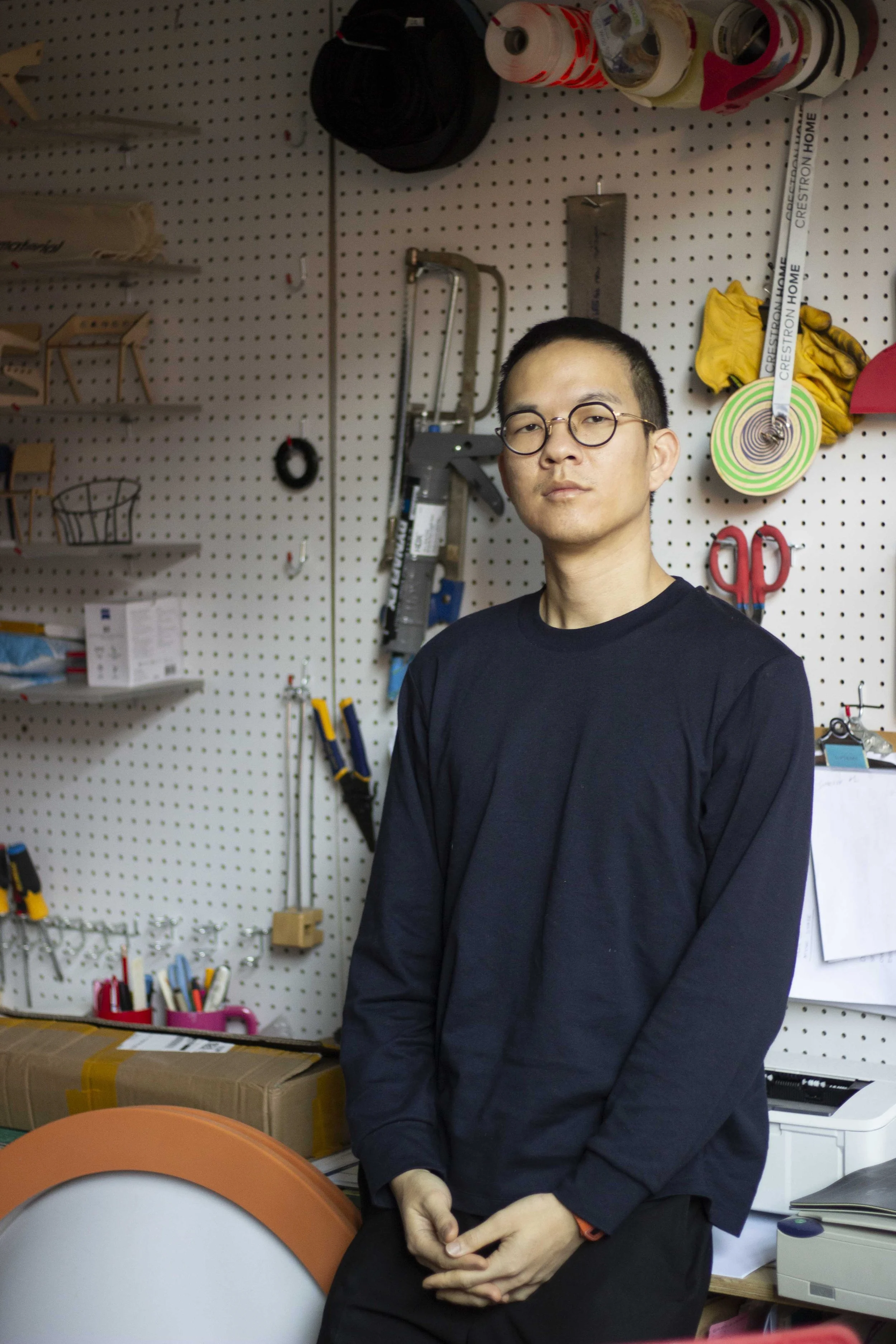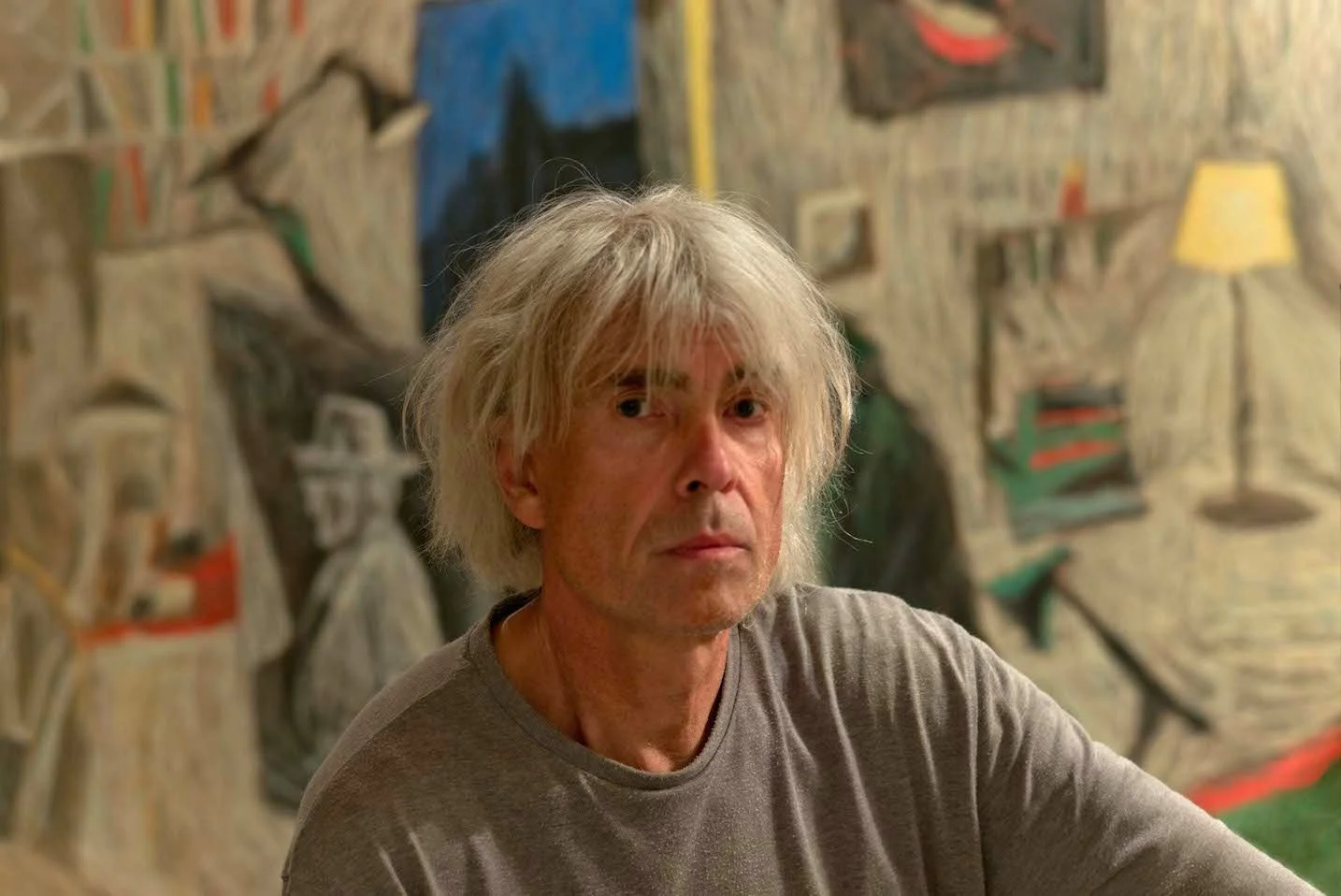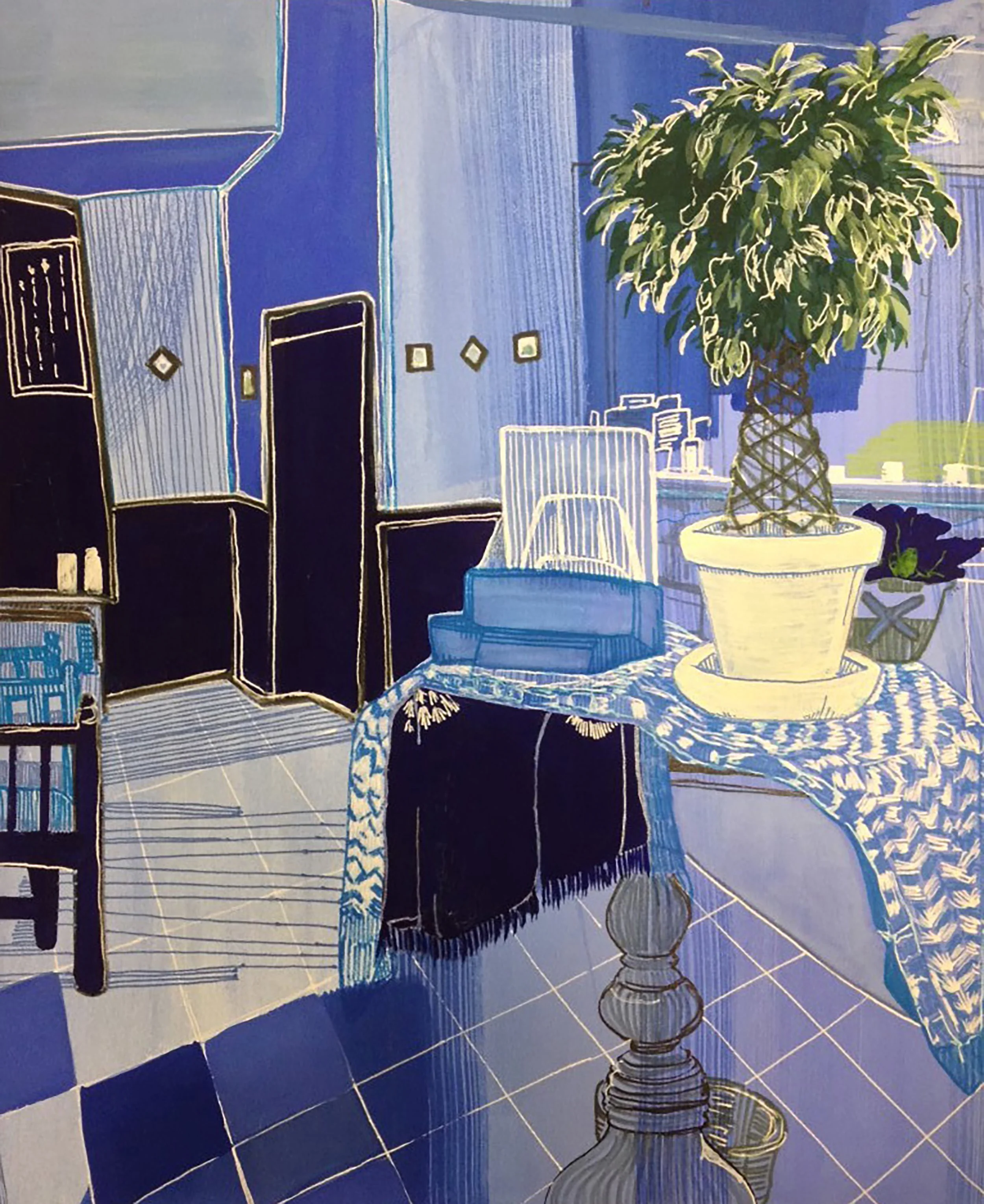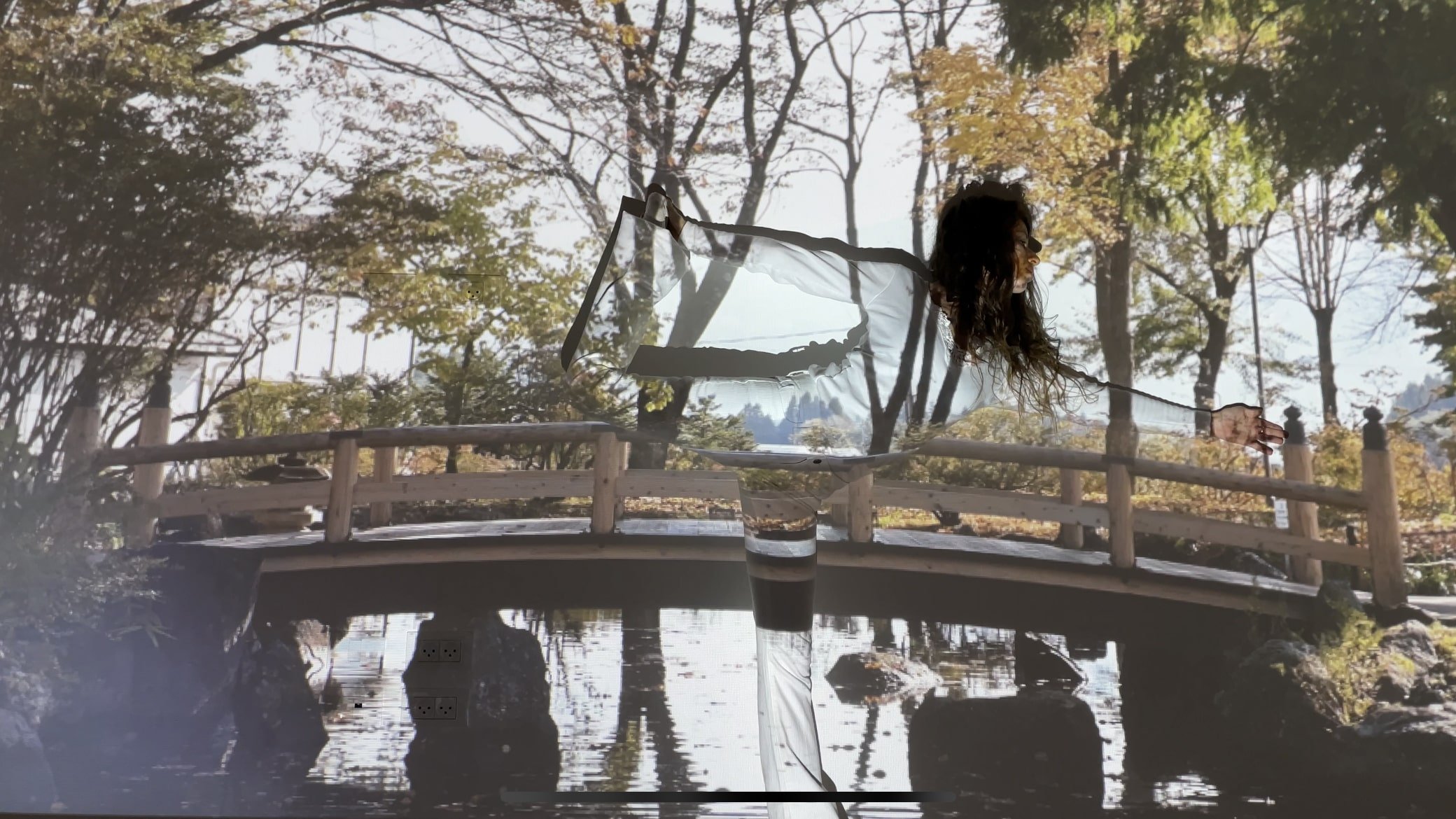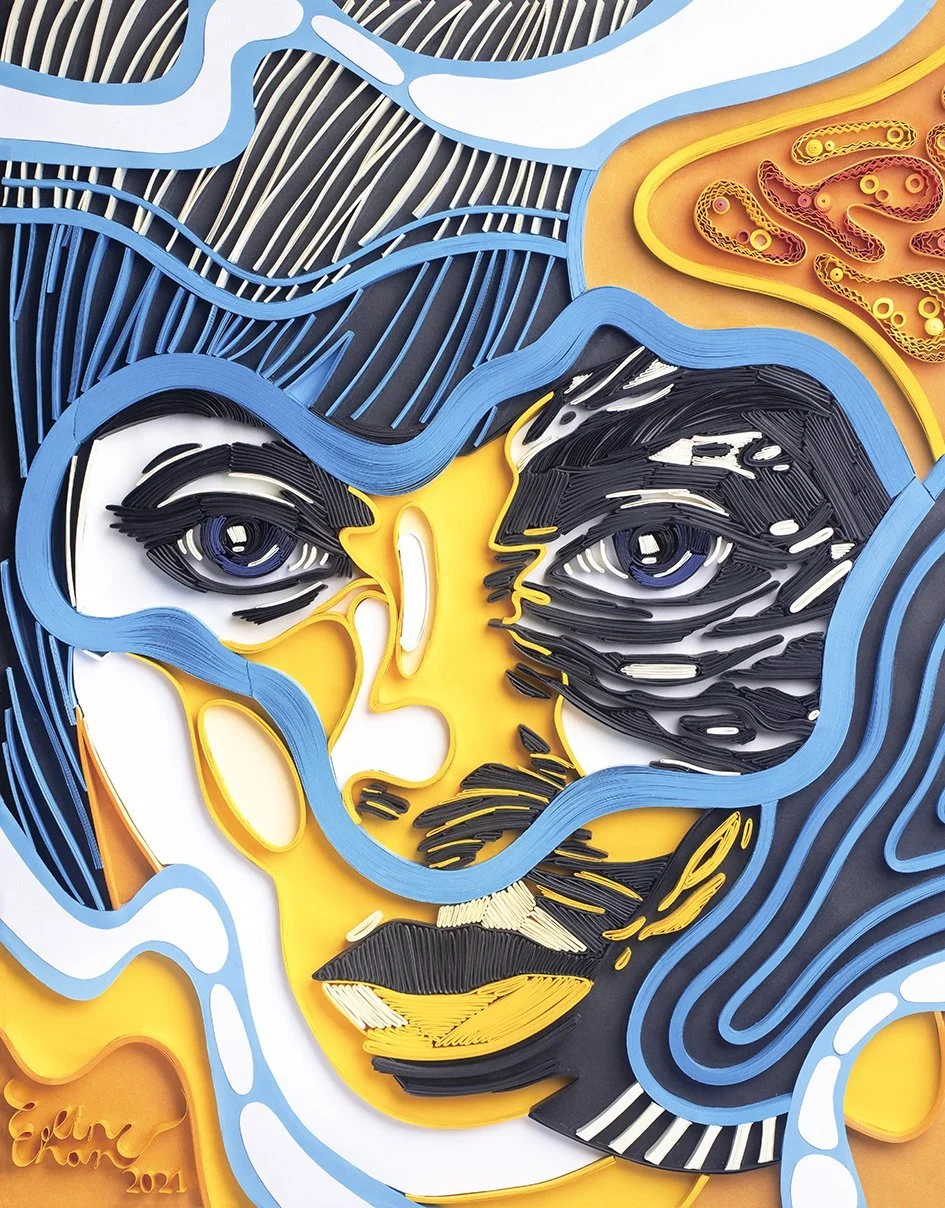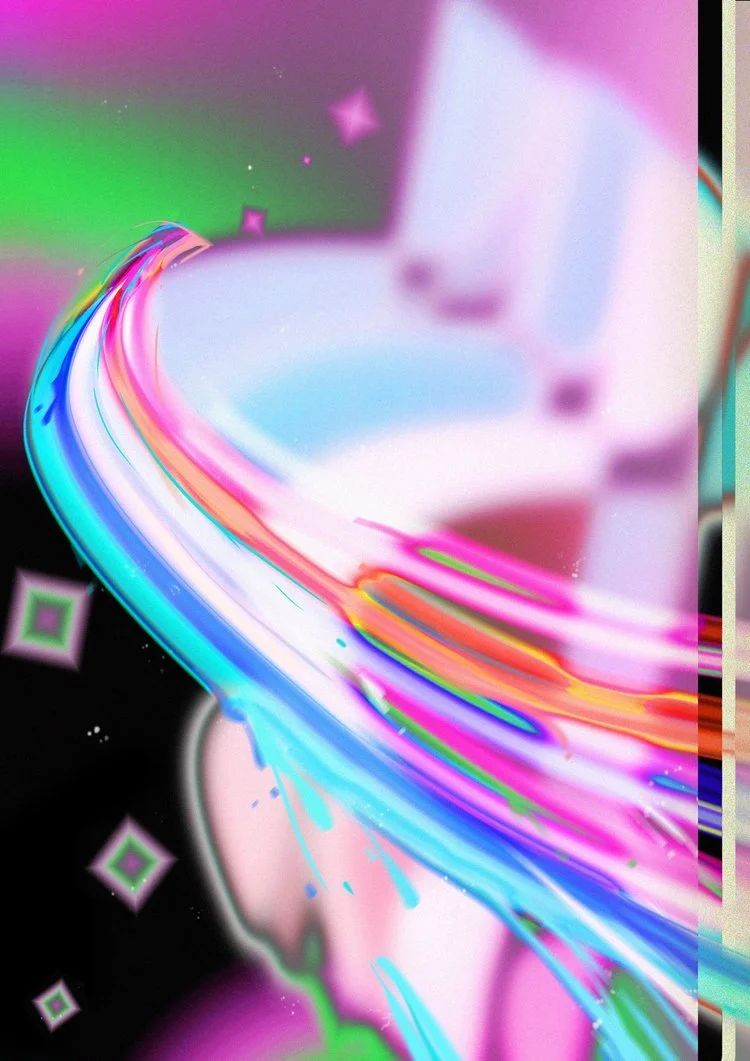Ernest Kankam, aka "BigCedi," is a multidisciplinary artist based in Ghana. His work is heavily influenced by Ghana's rich culture and history, as well as its socio-politics, and frequently incorporates memories, fantasies, and experiences. His works include paintings, drawings, sculptures, and videos. He experiments with various materials and uses vibrant and colourful images to convey his message.
INTERVIEW | Pepe Hidalgo
Pepe Hidalgo’s style is figurative and abstract narrative. His figurative is not related to realism, and it is created from his imagination. Art has allowed him to “free himself” and express himself without prejudice and to dare to do what he feels without expectations. In his work, he mixes his knowledge of astrology, mythology, history, life, and experiences.
INTERVIEW | Hanyue Song
Hanyue Song is a designer of visual communications from Shanghai who currently resides in California. Her work examines the confluence of several disciplines, including visual design, branding & marketing design, user experience, and project planning in kid education. Her work styles are wide and varied due to her multidisciplinary background, which extends beyond her use of commercial or spontaneous artistic creations.
INTERVIEW | Kon Markogiannis
Kon Markogiannis is an experimental photographer-mixed media artist with an interest in themes such as memory, mortality, spirituality, the human condition, the exploration of the human psyche, and the evolution of consciousness. He embraces the indexical qualities of photography and its immediate impact on the viewer, but what he is mainly concerned with are the ways “reality” can be transformed.
INTERVIEW | Sarvesh Singh
Sarvesh is an architect, writer, and multi-disciplinary designer based in India. His inspiration stems from the emergent antithesis of a definitive style and spills over from environmental design to cartography, storytelling, media, sculpture, installation, film, interactive world-building, and more. He has contributed so far to diverse project scales and typologies in parts of India, Africa, and America.
INTERVIEW | Chaney Manshu Diao
Chaney Manshu Diao is an artist and poet whose practice explores the concept of identity from the lens of trans* (-gender, -human, -bodies) and queer studies through body, linguistics, and movement. By considering the body as a mobilised site entering in and out of geographical boundaries, Chaney explores the meaning of being inter/national, multi/cultural; community, and otherness; as well as the construction of Asianness.
INTERVIEW | Chihyang Hsu
Chihyang Hsu is an interdisciplinary artist who works with photography, video, painting, and installation. His color blindness is the seed of his creativity. As a result, he complicates visual communication and embodies the uncertainty and ambiguity he constantly encounters. In this thermal photo project, he took photos at parks, museums, gyms, supermarkets, subway stations, and zoos.
INTERVIEW | Iwo Zaniewski
Iwo Zaniewski is a painter, photographer, and creative director. works with traditional oil painting, drawing upon the history of figurative art and portraying subjects from everyday contemporary life. While his artworks depict narrated scenes, they are predominantly focused on formal internal relations and striving for equilibrium. The visual dialogues between forms, light, and layers of colour ultimately highlight the mood rather than the action of portrayed events.
INTERVIEW | Yuko Kyutoku
Yuko Kyutoku is a Japanese artist currently living and working in New York City. Her artmaking process is transformative and she makes art based on her rich life experiences. She feels that life experiences open up many opportunities and make her artworks richer and unique. She currently works as a therapist at the children's hospital in the city, where she offers art therapy to support children with mental issues and severe disabilities.
INTERVIEW | Zhyldyz Bekova
Zhyldyz Bekova is a Kyrgyz painter and digital illustrator. She creates works of art for exhibitions in watercolor, graphics, and mixed media. In her subjects, she uses themes from myths, customs, and traditions of Turkic ethnic peoples of Central Asia. She loves to convey Kyrgyz national motifs using her unique cultural heritage. She came to oil painting in 2020.
INTERVIEW | Maya Smira
Maya Smira is a multidisciplinary artist using video, photography, dance, performance & installation. She explores global and interpersonal issues and is interested in land changes, geographic, social and psychological processes. As a traveling artist, the physical space allows her to express new aspects of herself, while also talking about questions in society and the environment.
INTERVIEW | Wenhui Jiang
Wenhui Jiang is a Chinese designer and artist, now based in London. Sensory experiences in everyday life are central to her practice. Wenhui explores how senses other than sight affect the viewer's experience in space. Her work aims to locate the subtle bonds between people, objects, and the surrounding environment. Her most recent project project is The Soul of Breath.
INTERVIEW | Xiaodong Yu
Yu Xiaodong was born in Qingdao, Shandong, in 1978. He is a member of the China Artists Association. He is currently a teacher at the Academy of Fine Arts of Qingdao University, director of the Printmaking Teaching and Research Section. He is also the earliest researcher and creator of digital printmaking in China, setting a precedent for the creation and teaching of digital printmaking in the country.
INTERVIEW | Celine Chan
Celine Chen is a novel artist in Hong Kong. Inspired by the Russian paper-quilling master Yulia Brodskaya, Celine never stopped practicing and devoted herself ardently to creating paper-quilling art. Her artworks have a strong personality, with gorgeous integration of Oriental culture. She is one of the few Asian artists engaged in the creation of paper quilling.
INTERVIEW | Rena Kubota
Rena Kubota is a freelance illustrator, motion and graphic designer, and art director for the NFT collection. The excitement in her work is seeing people like her work, asking what the piece's meaning may be and why she chose certain details. She wants her story to be a beacon to young artists that struggled, as she did not give up hope in finding a purpose for her art in the professional environment.
INTERVIEW | Yu Yan
Yu Yan is a visual artist based in New York, United States. Primarily working with researched-based projects and site-specific installations, she follows intuitive research pursuits across a variety of disciplines and disparate systems of knowledge. She is interested in the connectedness between personal memory and collective urban scenes, addressing issues around immigration and the diaspora community.
INTERVIEW | Jiayu Liu
Known for her immersive and evocative media installations, Jiayu Liu is a media artist based in Beijing. Jiayu's artwork often recreates and augments the natural world and focuses on relationships between humans, nature, and the lived environment, exploring human behavior and response. Her latest project, Streaming Stillness, has been presented at the 59th Venice Biennale in 2022 for the China Pavilion.
INTERVIEW | Claire-louise Pitman
Claire-louise Pitman is an eco-conscious, disabled, cameraless artist. This is done by using sustainable photographic light processes such as chlorophyll printing, cyanotype printing, and scanography, meaning no harm has been done to the environment. Through her research on visual impairment and Anomia Claire-louise expands her knowledge but still faces accessible barriers along the way.
INTERVIEW | Kang Ma
Kang Ma is a human being born and raised and currently based on the planet Earth. He could also be referred to as a visual artist, currently living in New Haven, CT, and occasionally goes to New York City to teach. Kang believes that artists shouldn't limit themselves to only a few topics and media. However, there are two topics that he has been interested in and explored more than others, translations and connections.
INTERVIEW | Yongqi Tang
The objective of Yongqi Tang’s works is to reinterpret the categories into which we are born to rearticulate the discourse around them. Her studio practices involve a variety of materials such as oil, watercolor, acrylic, and charcoal. Using the dining experience as an entry point, Yongqi’s current works examine the ambivalence to be in the liminal state between the alienation from her country of origin and the displacement at the current settlement.




